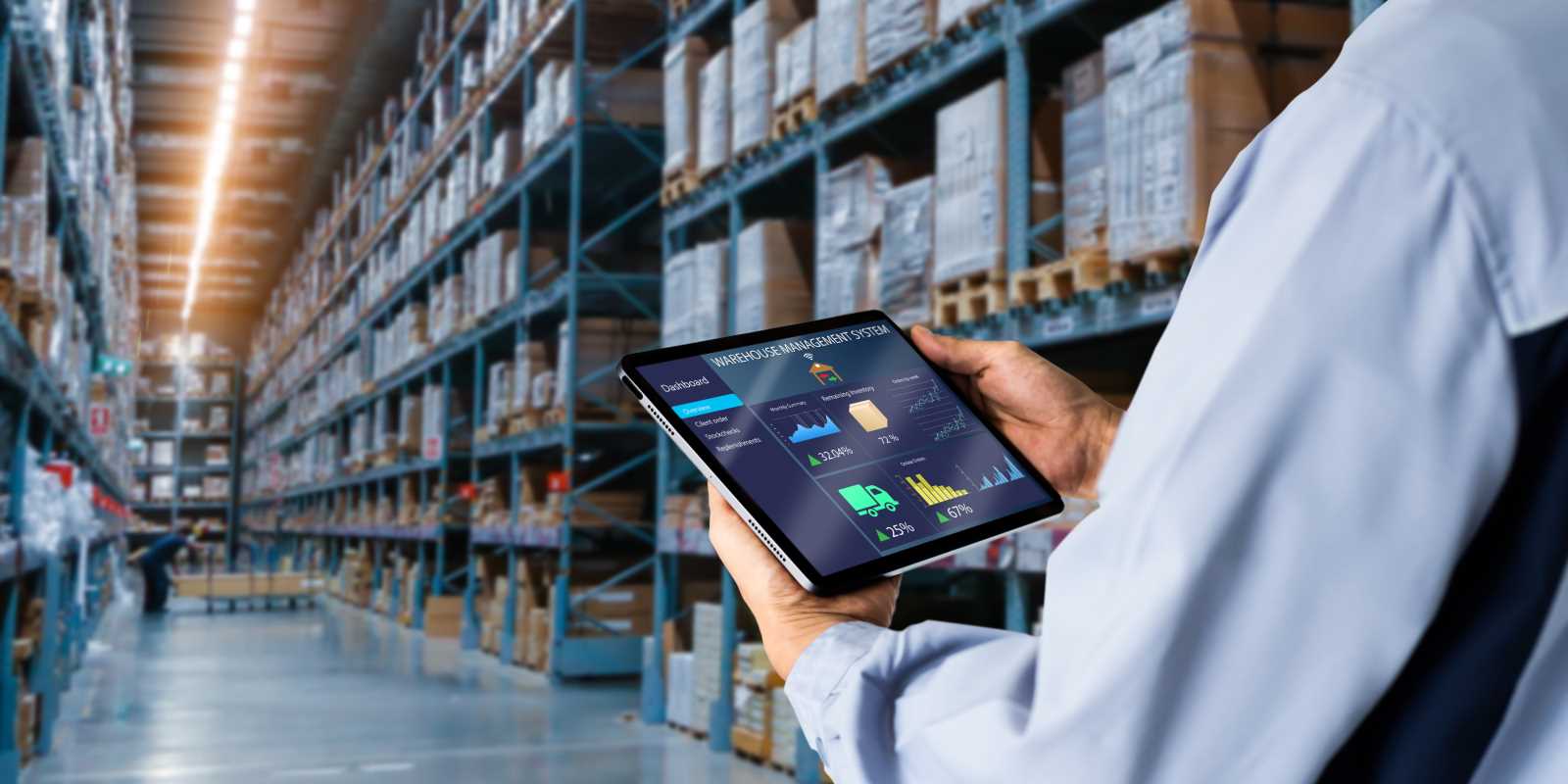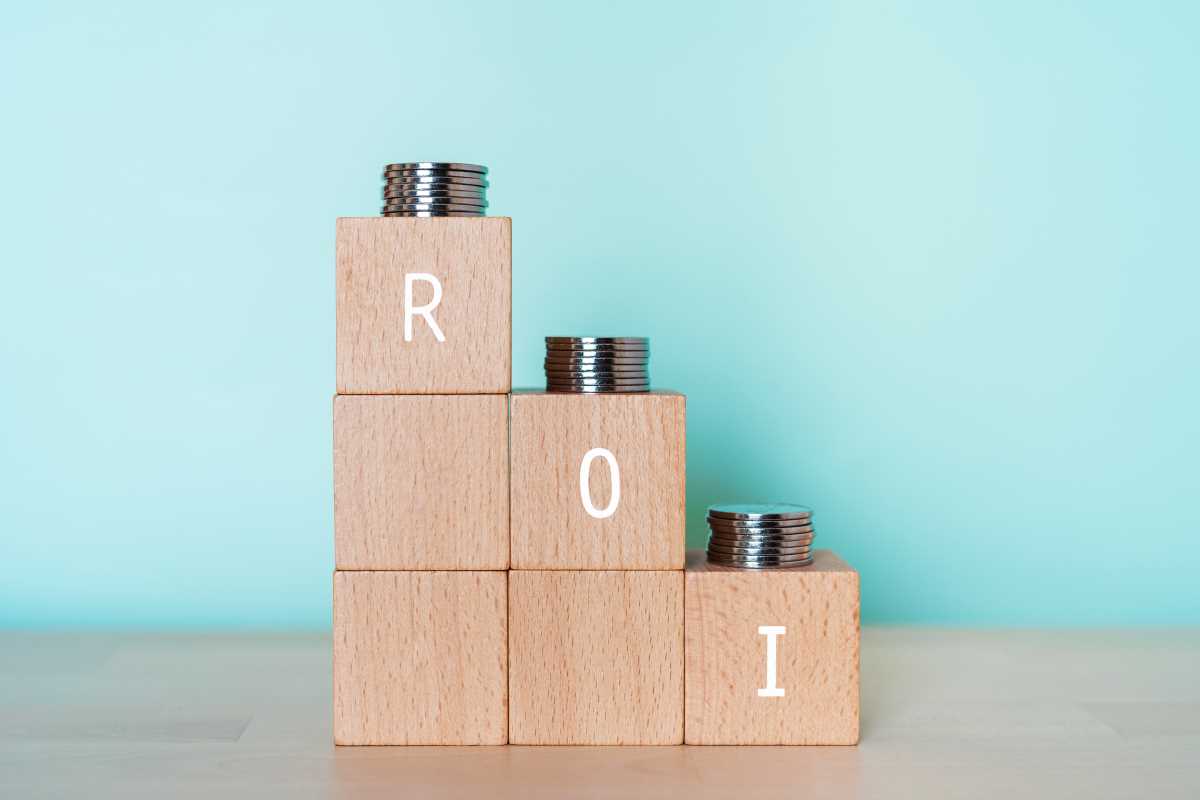A strong supply chain is the backbone of any successful business. When it runs smoothly, products get made, orders are fulfilled, and customers are happy. But what happens when there's a disruption? Recent years have shown us how quickly things can change, from global events to local supplier issues. That’s why building a resilient supply chain isn't just a good idea—it's essential for long-term success.
Investing smartly in your supply chain helps you prepare for the unexpected, improve how your business runs, and even lower costs.
Why a Resilient Supply Chain Matters
A resilient supply chain is one that can quickly adapt to and recover from disruptions. Think of it like a shock absorber for your business. When faced with challenges like supplier delays, natural disasters, or sudden shifts in demand, a resilient system can keep things moving.
Investing in resilience offers powerful benefits:
- Reduced Risk: A flexible supply chain minimizes the impact of disruptions, protecting your revenue and reputation.
- Increased Efficiency: Stronger systems often mean smoother day-to-day operations, less waste, and faster delivery times.
- Greater Customer Trust: Consistently meeting customer expectations, even during tough times, builds loyalty and a strong brand image.
- Cost Savings: While it requires an initial investment, a resilient supply chain prevents expensive emergencies and production halts down the line.
Strategies for a Stronger Supply Chain
Building resilience is an ongoing process, not a one-time fix. Here are practical steps you can take to make your supply chain more robust and agile.
Diversify Your Supplier Base
Relying on a single supplier, especially one located in a single region, creates a significant risk. If that supplier faces a problem, your entire operation could come to a standstill. Diversification is your first line of defense.
- Work with Multiple Suppliers: Instead of putting all your eggs in one basket, partner with several suppliers for critical materials. This way, if one can't deliver, you have backups ready to go.
- Consider Geographic Diversity: Look for suppliers in different regions or countries. A local disruption in one area won't affect your entire supply network.
- Balance Global and Local Sourcing: While global sourcing can be cost-effective, local suppliers offer shorter lead times and less vulnerability to international shipping delays. A hybrid approach provides a healthy balance of cost and security.
Embrace Technology for Greater Visibility
You can't manage what you can't see. Technology gives you the visibility needed to spot potential problems early and make smarter decisions.
- Artificial Intelligence (AI) and Machine Learning: AI can analyze data to predict future demand, identify potential disruptions, and suggest optimal inventory levels. For example, AI algorithms can monitor news, weather, and social media to flag risks before they impact your business.
- Internet of Things (IoT): IoT sensors can be placed on shipments, in warehouses, and on machinery. These devices provide real-time data on location, temperature, and condition. This helps you track assets, prevent spoilage of sensitive goods, and monitor equipment health to avoid unexpected breakdowns.
- Cloud-Based Platforms: Modern supply chain management (SCM) software connects all your partners—suppliers, manufacturers, and distributors—on a single platform. This shared view ensures everyone has access to the same information, improving communication and collaboration.
Adopt Sustainable and Ethical Practices
Sustainability is more than just a buzzword; it's a smart business strategy. Consumers and investors are increasingly favoring companies that prioritize ethical and environmentally friendly practices. Building these into your supply chain can boost resilience.
- Improve Resource Efficiency: Sustainable practices often involve reducing waste, conserving energy, and optimizing transportation routes. These actions not only lower your environmental impact but also cut operational costs.
- Enhance Brand Reputation: A commitment to sustainability and ethical sourcing can be a powerful differentiator. It builds trust with customers and can open doors to new markets.
- Attract and Retain Talent: Employees, especially younger generations, want to work for companies that align with their values. A sustainable supply chain can help you attract top talent. For instance, a company that ensures fair labor practices in its supplier network is not just doing the right thing—it's also mitigating risks associated with labor disputes and negative press.
Increase Inventory and Warehousing Flexibility
The "just-in-time" inventory model, which aims to minimize storage costs, can be risky. A small delay can halt production entirely. A more balanced approach is needed.
- Strategic Stockpiling: Identify your most critical components and maintain a buffer stock. This safety inventory provides a cushion to keep operations running during a short-term supplier outage.
- Decentralized Warehousing: Instead of one large central warehouse, consider a network of smaller, strategically located facilities. This brings products closer to your customers, reducing delivery times and transportation costs. It also means that a disruption at one warehouse won't paralyze your entire distribution system.
A great example of this is how some large retailers use their physical stores as mini-distribution centers for online orders. This approach speeds up local delivery and reduces reliance on a few major fulfillment centers.
 (Image via
(Image via




